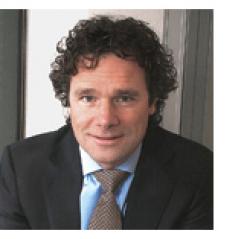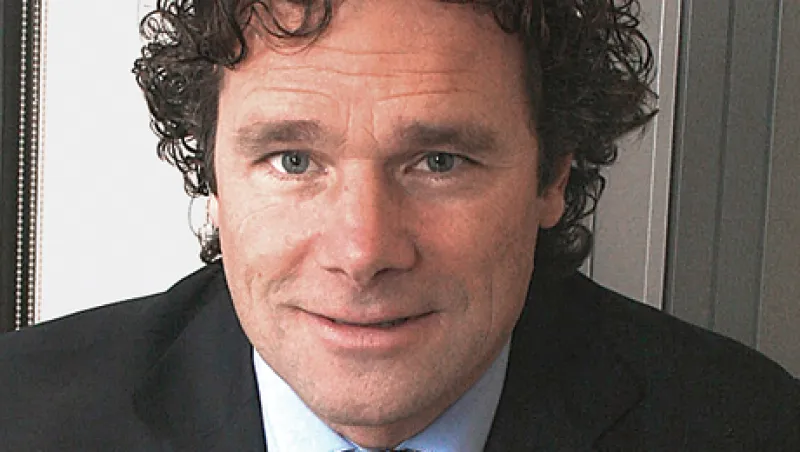When the 2007–’09 financial crisis destroyed billions of dollars in global pension assets, no country was immune — not even the Netherlands, whose retirement system ranked No. 1 for 2011 in the annual Melbourne Mercer Global Pension Index. One of the Dutch scheme’s strengths is that during tough economic times it adjusts employer and employee contributions as well as retiree payments. Then there’s the high, 105 percent funding bar that plans must reach before full benefits are paid out. The same goes for any cost-of-living adjustment.
By early 2012 it looked like many Dutch pension funds would have to cut benefits over the next year because they were still below 100 percent as a result of the crisis. At Amsterdam-based APG Asset Management, the Netherlands’ largest pension manager, with €300 billion ($413 billion) in assets, business strategist Eric Veldpaus hatched a partial solution. Veldpaus observed that with the discount rate — the number used to project pension funds’ payouts — at just 2.5 percent, there was only one choice left to protect retirees’ benefits: scrape basis points off the floor through cost savings.
So Veldpaus, 49, targeted hidden expenses by devising cost-reporting standards for APG and other Dutch pension funds. In late 2011 and early 2012, he spoke about the proposed model with representatives of De Nederlandsche Bank, the Netherlands Authority for the Financial Markets and national auditing and asset management professional associations. He quickly got buy-in from everyone. In November, Veldpaus talked with Institutional Investor Senior Writer Frances Denmark about the need for pension cost transparency.
1. Where did the idea of creating cost disclosure standards originate?

2. How did you start your initiative?
I got involved in the project via APG. Initially, I was a co-author of recommendations on administrative costs and author of a further elaboration on asset management costs. I wrote two treatises on pension cost management that were published by the Dutch pension federation in 2011 and 2012. By publishing the booklets the federation avoided formal legislation, proving the industry could self-regulate, and the Dutch central bank, our pension supervisor, adopted the cost definitions. Now countries like Italy, Belgium, Australia and Sweden are very interested and asking me questions about these standards. Our mutual fund and insurance industries may be next.
3. What costs did you target?
We look at pension management costs and asset management costs. We do not look at asset management costs separately but always in relation to the return and the risks. At the end it’s net return that’s important. We looked at management costs of the investments, consisting of costs of fiduciary management, portfolio management and performance fees, as well as custody costs. Other costs include advisory, administrative, and appraisal or accounting-type costs. Within asset management little or no attention has been paid to the cost of best execution and portfolio turnover. Transaction costs have not been transparent worldwide, especially the costs of fixed-income and derivatives transactions; at this moment, a rough estimation using defaults is sufficient. It’s a bit tough, but we’re changing that now in the Netherlands.
4. Which pension costs are the toughest to surface?
A lot of costs were hidden in the NAV [net asset value] reporting. Funds of funds, in hedge funds and private equity, are another place you only see net fees. There are a lot of cost levels underneath them. Asset managers can’t get away with presenting only net returns anymore. Private partnerships will have to step up their reporting.
5. What are the challenges of implementing a standardized cost reporting system?
Before the 2011 annual pension reports were released in April-May 2012, I met with the Dutch press to explain that 80 basis points in Pension Fund A are not necessarily greater than 40 basis points in Fund B. We didn’t want reporters to just compare the costs without taking into account the risk profile, asset allocation and cost drivers like active or passive, internal or external management. Risks and returns of different assets are the central issues. Costs follow from these. You must always look at cost in relation to risk and return.






